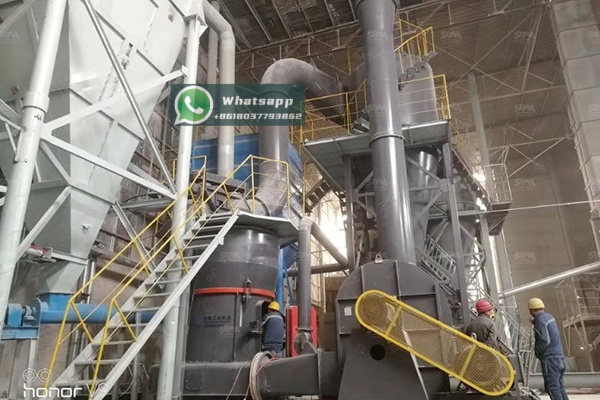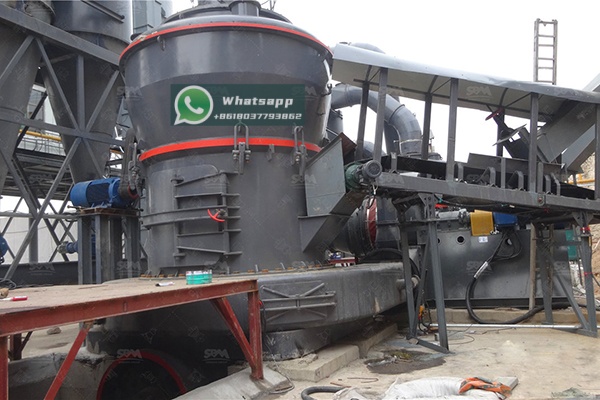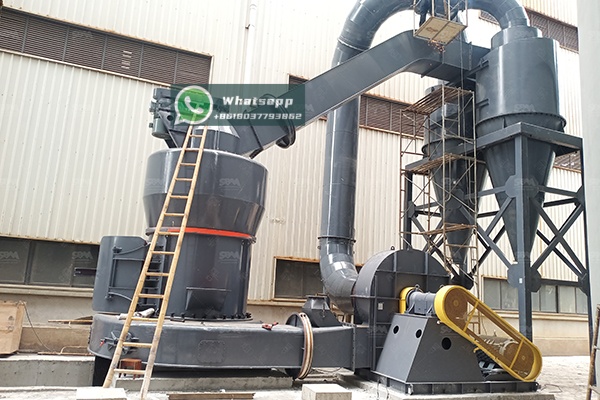In recent years, the agricultural industry has witnessed a significant shift toward natural and organic pesticides as consumers and regulators demand safer, more environmentally friendly alternatives to synthetic chemicals. Among these natural solutions, diatomaceous earth (DE) has emerged as a powerful and versatile pest control agent. Derived from the fossilized remains of diatoms, this silica-based material works through physical action, damaging the exoskeletons of insects and causing dehydration.
However, the effectiveness of diatomaceous earth as a pesticide is heavily dependent on its particle size and consistency. Proper grinding is crucial to achieve the optimal fineness that ensures maximum coverage, adhesion to insect bodies, and overall efficacy. This article explores the specialized grinding solutions required for natural pesticides like diatomaceous earth and introduces advanced equipment designed to meet these specific industrial needs.

For diatomaceous earth to function effectively as a pesticide, it must possess specific physical characteristics that can only be achieved through precise grinding processes. The ideal particle size typically ranges from 10 to 50 microns, with a narrow distribution curve to ensure consistent performance. Particles that are too large may not adequately adhere to insect bodies, while excessively fine particles may become airborne too easily, creating inhalation hazards and reducing application efficiency.
The grinding process must preserve the unique structural properties of diatomaceous earth—specifically, the sharp, abrasive edges and porous structure that make it lethal to insects. Conventional grinding methods often fail to maintain these critical characteristics, resulting in reduced product efficacy. This underscores the need for specialized grinding equipment specifically engineered for delicate mineral materials.
Processing diatomaceous earth and similar natural pesticide materials presents several unique challenges that standard grinding equipment may not adequately address:
Shanghai Zenith Machinery Co., Ltd., with its extensive experience in industrial powder processing, has developed specialized grinding equipment that addresses the unique requirements of natural pesticide production. Our engineers have optimized several mill series specifically for processing delicate mineral-based materials like diatomaceous earth while preserving their structural integrity and efficacy.

For producers of diatomaceous earth pesticides seeking optimal particle size control and production efficiency, the XZM Ultrafine Grinding Mill represents an ideal solution. This advanced mill is specifically designed for superfine powder production and excels at processing medium-hard and soft materials with moisture content below 6%—making it perfectly suited for natural pesticide applications.
The XZM series achieves an impressive output fineness ranging from 325 to 2500 mesh, allowing producers to precisely target the optimal particle size for pesticide efficacy. Its innovative design incorporates multiple classification systems that ensure consistent particle size distribution, a critical factor in natural pesticide performance.
| Model | Working Diameter (mm) | Max Feed Size (mm) | Final Size (mesh) | Output (kg/h) | Main Motor Power (kW) |
|---|---|---|---|---|---|
| XZM221 | Φ800 | ≤20 | 325-2500 | 500-4500 | 75 |
| XZM268 | Φ1680 | ≤20 | 325-2500 | 5000-25000 | 315 |
Key advantages of the XZM Ultrafine Grinding Mill for natural pesticide production include:
For larger-scale production facilities requiring integrated drying and grinding capabilities, the LUM Ultrafine Vertical Mill offers a comprehensive solution. This advanced system combines grinding, drying, classification, and transportation in a single compact unit, making it ideal for processing natural pesticides with varying moisture content.
| Model | Main Machine Power (kW) | Capacity (t/h) | Size Distribution D97 (μm) |
|---|---|---|---|
| LUM1525 | 220-250 | 1.6-11.5 | 5-30 |
| LUM1632 | 280-315 | 2.0-13.5 | 5-30 |
| LUM1836 | 355-400 | 2.3-15 | 5-30 |
The LUM series features intelligent control systems that automatically adjust operational parameters to maintain consistent product quality, even with variations in raw material characteristics. This makes it particularly valuable for natural pesticide producers working with diatomaceous earth from different sources with varying initial properties.
Successful processing of diatomaceous earth requires careful optimization of multiple grinding parameters. Based on our extensive experience with mineral processing, we recommend the following approaches:

Beyond individual grinding equipment, Shanghai Zenith offers complete production lines specifically engineered for natural pesticide manufacturing. These integrated systems include:
These complete solutions ensure consistent product quality while optimizing operational efficiency and minimizing labor requirements.
A recent installation at a natural pesticide manufacturer demonstrates the effectiveness of Zenith’s grinding solutions. The client was experiencing inconsistent particle size with their existing equipment, resulting in variable product performance. After installing the XZM268 Ultrafine Grinding Mill, they achieved:
The consistent product quality enabled the manufacturer to expand into premium market segments with stricter specifications, increasing overall profitability.
The natural pesticide industry continues to evolve, with several trends shaping equipment requirements:
Shanghai Zenith continues to innovate in response to these trends, developing next-generation grinding solutions that address the evolving needs of natural pesticide producers.
The growing market for natural pesticides like diatomaceous earth requires specialized grinding solutions that preserve the unique physical properties essential to their efficacy. Shanghai Zenith’s advanced grinding equipment, particularly the XZM Ultrafine Grinding Mill and LUM Ultrafine Vertical Mill, provide the precision, efficiency, and reliability that modern natural pesticide producers require.
By partnering with an experienced equipment manufacturer who understands the specific challenges of processing natural pesticide materials, producers can ensure consistent product quality, optimize production efficiency, and capitalize on the expanding market for environmentally friendly pest control solutions. With proper grinding technology, diatomaceous earth and similar natural materials can achieve their full potential as effective, sustainable alternatives to synthetic pesticides.
For more information on how our grinding solutions can enhance your natural pesticide production, contact our technical team to discuss your specific requirements and arrange a comprehensive equipment demonstration.